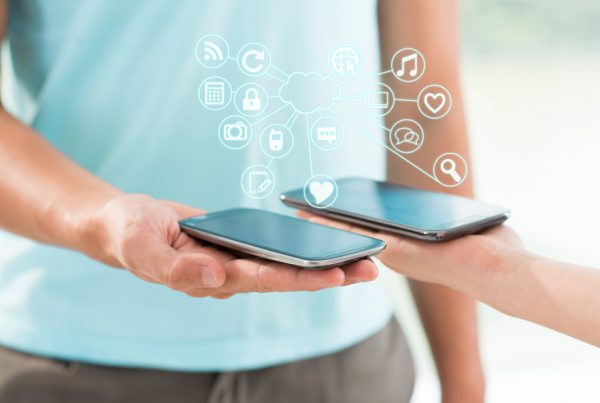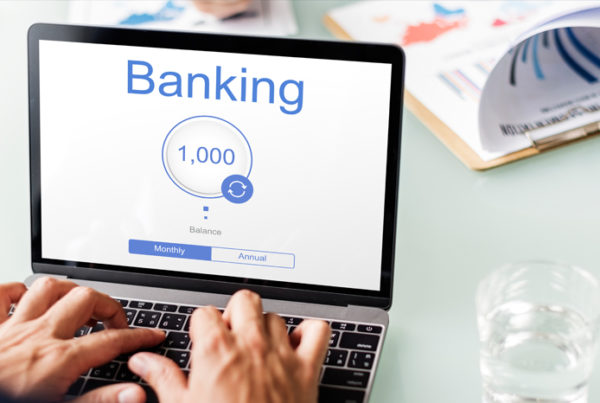Mobile payment is going through a fundamental shift driven by the evolution in social, mobile, cloud and communications. These changes are only going to intensify in the future forcing fundamental change in business processes and in turn reshaping the industry.
In most of these cases, the change is being driven by the customer. The customer today, having experienced the always-on, always-available, contextually rich, feature sets of the mobile, wants to extend the same experience to the other facets of their life. Businesses must take cognizance of this and create highly contextual solutions that take care of the customer at the moment of their need.
Payment is one area which provides the context as well as the opportunity for mobile to make inroads. We are at the inflection point today where the various actors in the payment landscape like merchants, consumers, industry associations, regulatory bodies have finally come around to the reality of mobile payments. Technologies like BLE, NFC & QR have finally matured to the extent where they can provide the backdrop to fast and seamless transactions experience needed across industries.
The level of contextualization and customization which was not possible ten years ago has now become a reality across industries as diverse as banking, retail and hospitality. Here are some of the usage cases of how mobile is transforming customer experience across these industries.
In order to compete, banks have to provide highly personalized as well as contextual services, leveraging mobile as well as data analytics. Today, banks are competing with various third parties like OEM’s, MNO’s for a slice of the customer pie. In this context, they need to put into place a mobile-first strategy or risk losing their business to new players. Also, the size of data generated by mobile based banking transactions is too valuable to be left on the table. A mobile wallet is an essential element in banks mobile first strategy helping them to provide a seamless, omnichannel banking experience to their customers.
At the other end of the scale is personalization of offers and services leveraging technologies that provide contextuality like beacons and BLE. Customer experience management has become an important part of the customer’s service journey right from the moment they walk in through the front door to the moment they walk out of the back door. For example, BLE technologies can detect High Net Worth (HNI) customers as they walk in through the door, fetching the customer’s data from the CRM and sending it to the relationship manager’s hand held device, and thus, creating more opportunities for providing customized services.
Mobile based technologies like BLE, NFC, QR codes are redefining payments behavior. In order to be truly effective, mobile based payment technologies must not only offer the ease and accessibility of a physical wallet, but must also offer loyalty points to facilitate higher customer acceptance rates. Combining proximity payments with a loyalty management will create the right ecosystem that will drive customer retention, repeat business and referrals. For example, BLE recognizes a customer as he walks into a retail outlet and the check-in details are recorded in the CRM at the backend. The beacon follows the customer in the store. Once it detects that the customer is standing next to the clothes section, it sends discount coupons that are redeemable at mobile checkout. As an added incentive, the customer is also given a coupon which is saved in the wallet for the next time he visits the outlet.
Retail outlets can also use NFC Mobile payments for queue busting which is especially relevant for low-value, high-volume micropayments transactions less than $1 in value.
Current cash based micro-transactions have two problems –
- Merchants experience the “change problem” – not enough free change for processing small transactions that are generally below $1 value.
- Customers would rather put off purchases than carry change
NFC mobile based payment digitizes the entire purchase procedure making it easier for the merchant as well as the buyer. Besides smoothening payments in micro-transactions, solutions like these have the potential to spur purchases, leading to benefits all around.
Proximity Payments using QR code digitizes the customer’s purchase journey right from billing to payment, creating a seamless in-App payments experience. For initiating the billing transaction, the merchant scans the purchased goods to get the bill amount. In the next step, the merchant enters the bill amount in the app to generate the QR code, which contains the billing as well as the merchant information. To initiate payment, the customer scans the QR code with his smart-phone and enters the pin in her wallet app after verifying the bill. The transaction is completed once the customer receives the transaction confirmation in his app.
With technologies like NFC, BLE, QR code moving towards the maturity phase, following years of scrutiny, the next few years is expected to witness higher uptake, with businesses striving to differentiate themselves in hypercompetitive markets. In the end, it is all about improving customer engagement, leveraging technologies that deliver contextually rich engagement experiences, because the more the businesses engage with their customers the more things become clearer and the more it is easy for them.






